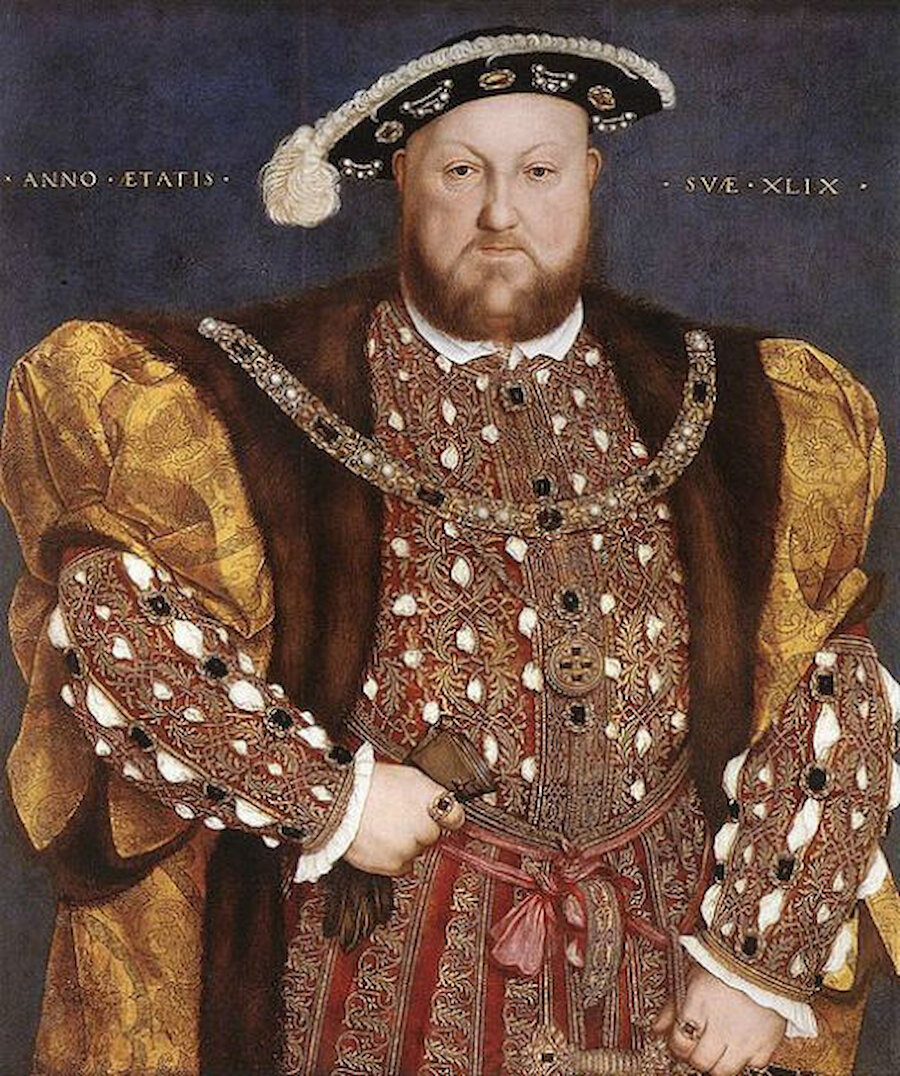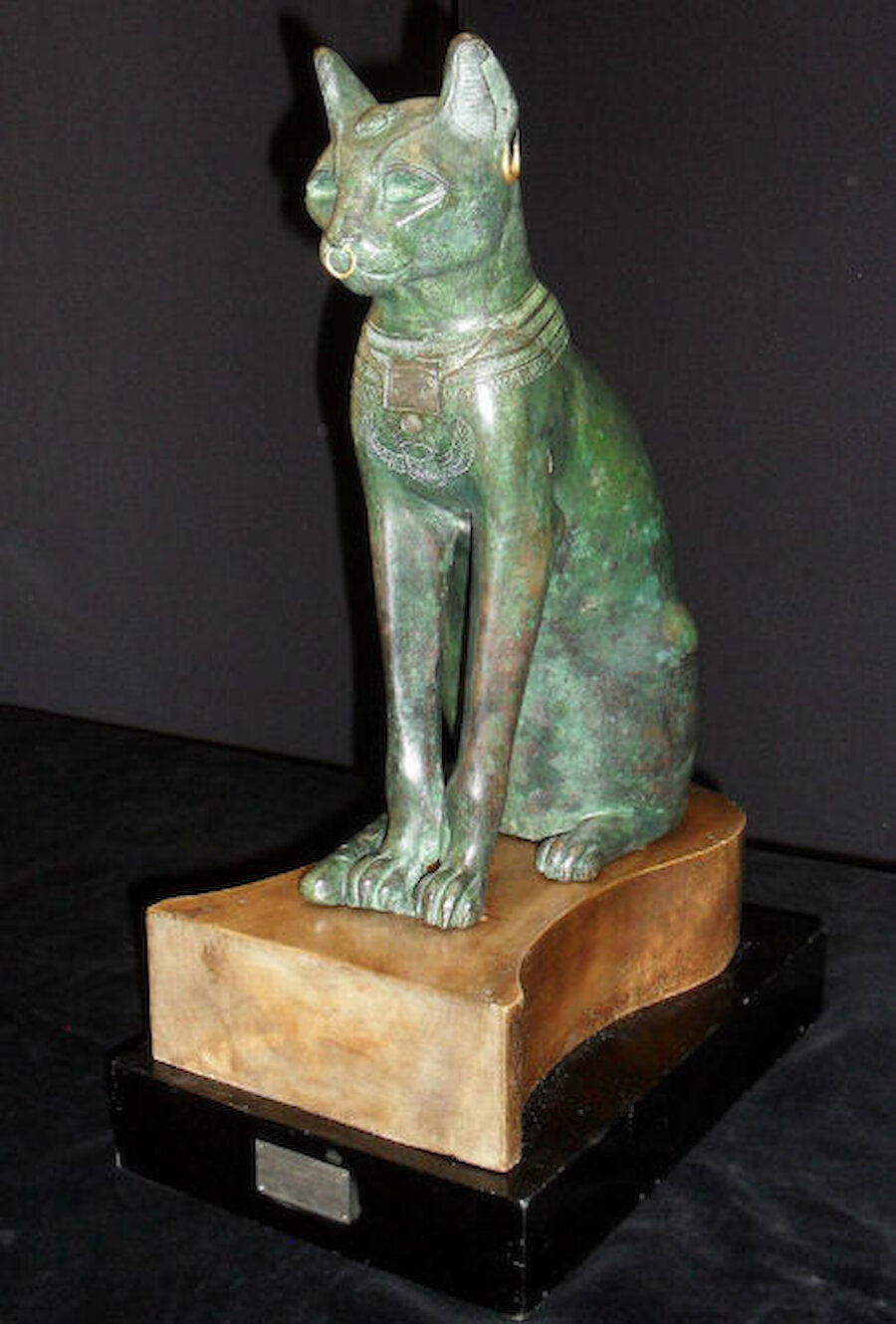Shetland Museum and Archives is set to play host to a Holbein masterpiece, A Lady with a Squirrel and a Starling. It’s coming to Shetland from the National Gallery in London, on a three-venue tour which will begin at the New Art Gallery in Walsall and end at Brighton Museum and Art Gallery.
Hans Holbein the Younger was born in Augsburg, Germany in late 1497 or early 1498 and was taught painting by his father, Hans Holbein the Elder. He grew up at a time of rapid transformation in Europe, where the Reformation began to take root in the second decade of the 16th century. Whilst he may have been sympathetic to it, he painted for clients in both the reformed and unreformed strands of religious thought and seems to have been skilful in navigating the controversies of his times.




